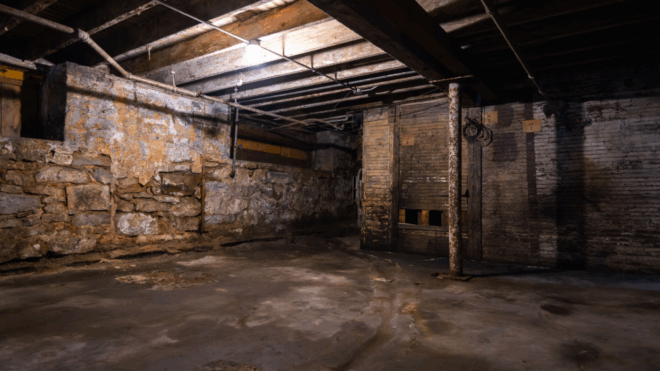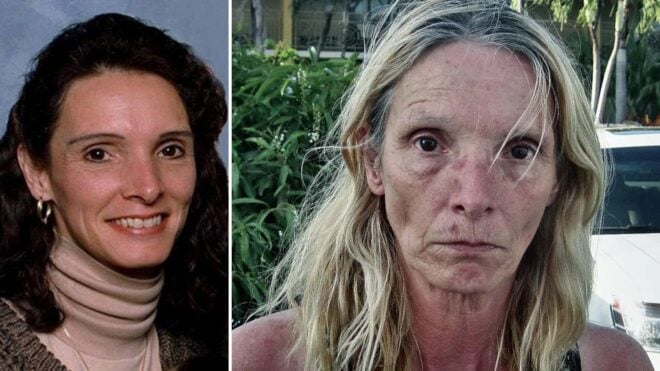We all have it, but none of us like thinking about it or discussing it. That’s right, I’m talking about pubic hair.
If you just cringed at the word “pubic,” don’t worry — you’re not alone.
Pubic hair makes most of us uncomfortable, but it’s an important part of our body — and it’s there for a very specific reason.
Usually, when we read about pubic hair online or in magazines, it’s about how to remove it, which “styles” are best, and what celebrities do to their own “down there” hair.
But many of us don’t actually know much about pubic hair apart from how to groom it.
If you’ve ever found yourself wondering, “Why are my pubes a different color than the hair on my head?” or “What’s the purpose of pubic hair?” or “How should I groom before going to the gynecologist?” — this article is for you!
Keep reading to find out 14 important facts about your pubic hair!
1. Your Pubes Will Eventually Go Gray
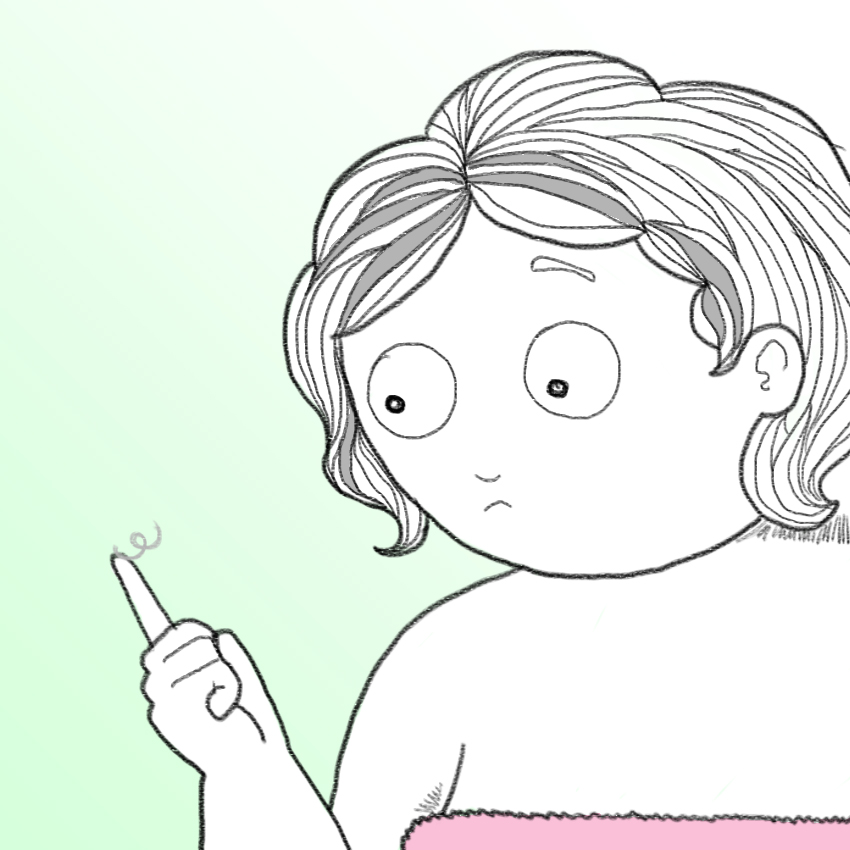
Dr. Sweta Singh, ob-gyn, told LittleThings that, just like the hair on the rest of your body, your pubic hair will eventually turn gray.
What this means is that gray pubes are nothing to worry about — if they bother you, you can dye your pubic hair with a safe pubic hair dye.
2. Pubic Hair Protects Against Chafing During Sex
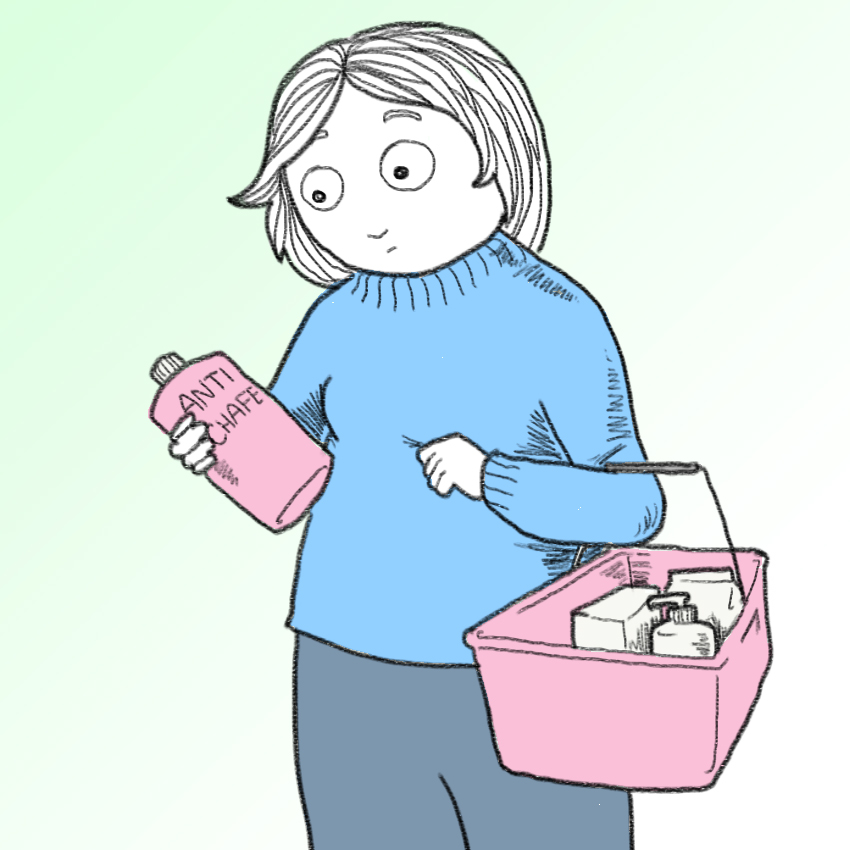
If you’ve ever played around with grooming your pubic hair, you might know that sex feels a little different when you have hair compared to the times where you don’t.
One of the things pubic hair does for our bodies is protect from chafing.
When your body rubs together with another’s, your skin may stick to theirs and cause painful chafing — pubic hair acts as a barrier between the skin that rubs together most during sex.
Nasimeh Yazdani, MD, told LittleThings, “I’ve always felt pubic hair should not be stripped down to nothing, because it helps with friction during sex.”
3. Pubic Hair Protects Your Body From Infections
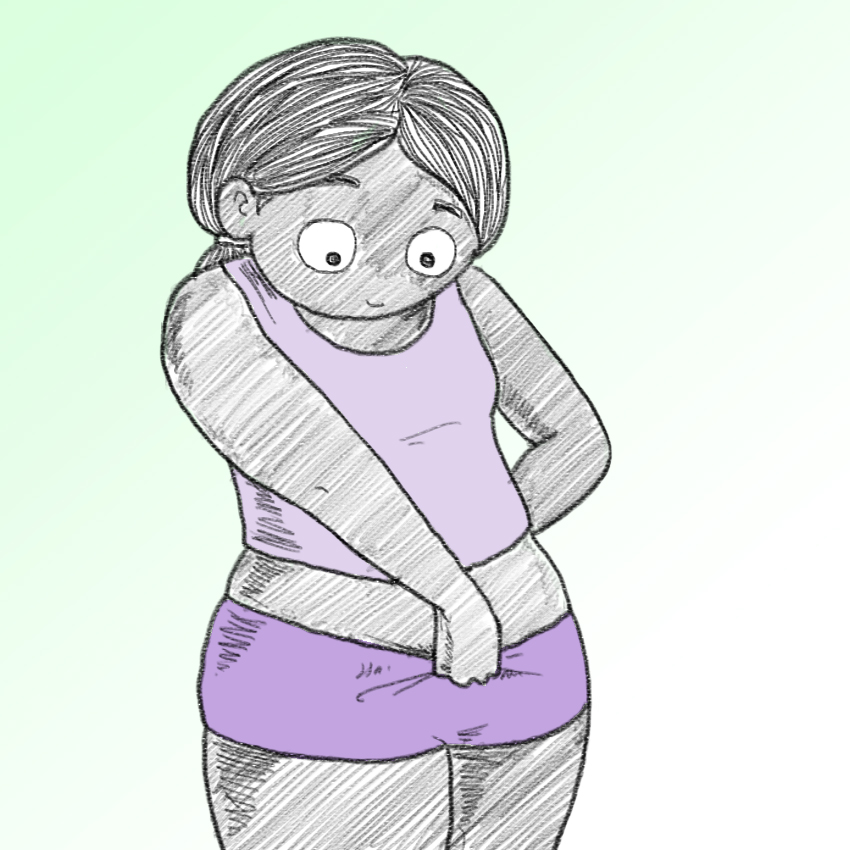
Just as pubic hair protects your skin from chafing, it also protects you from potential viruses and bacteria.
Dr. Yazdani explains, “More importantly, it enhances the microflora (healthy, helpful microbes) as it absorbs sweat and moves harmful particles out of the way of entering the vaginal and urethral areas.”
Unfortunately, if you have any small cuts on your skin, it could make you more susceptible to bacteria and infections.
4. Your Gyno Doesn’t Care How You Groom Down There
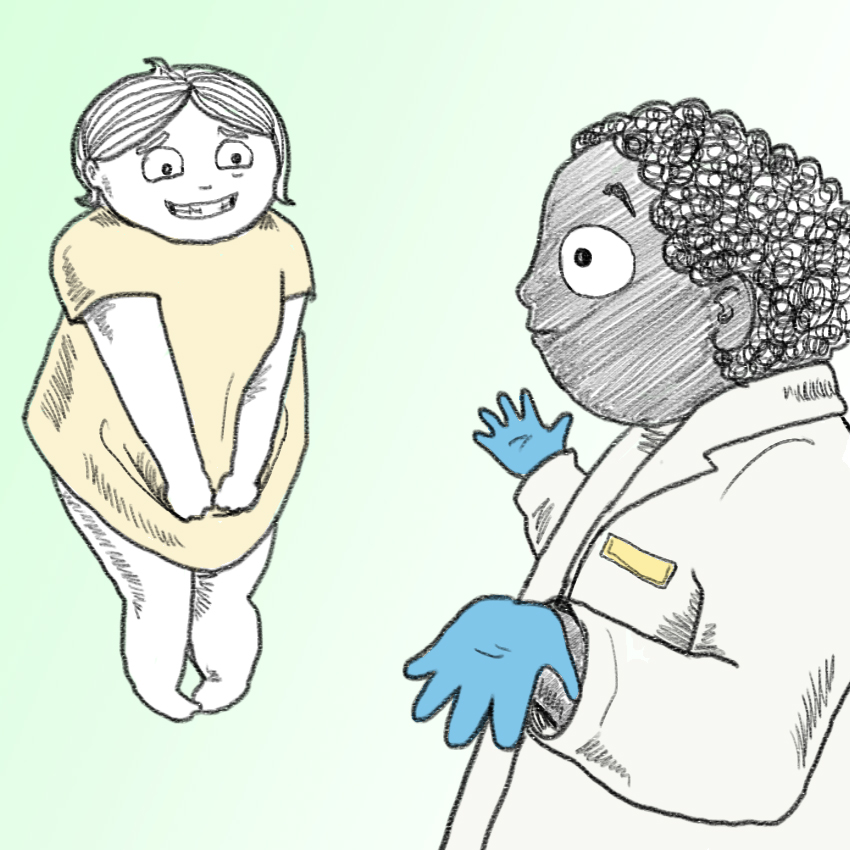
Lots of women worry about what their pubic hair looks like before going to the gynecologist, but there’s no reason to think twice about it.
Your gynecologist has seen every type of pubic hair, and as long as you have good hygiene practices down there, your gyno won’t care at all what your pubes look like.
They’re way more concerned with making sure everything is hunky-dory on the inside.
5. Pubic Hair Regrowth Can Be Painful
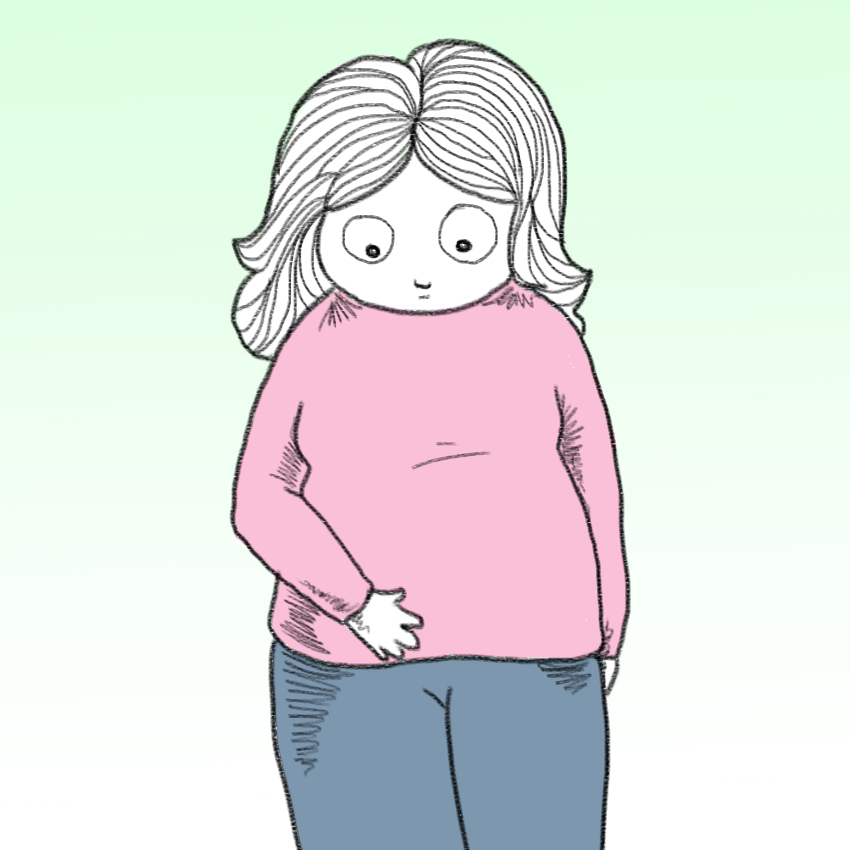
Most women who shave, wax, or pluck will not find this surprising, but pubic hair regrowth can sometimes be painful.
Dr. Singh says, “Regrowth hurts because of ingrown follicles.”
Having stubble in your groin region can be uncomfortable, itchy, and even sometimes downright painful.
6. Hair Removal Is More Painful Around Your Period

According to a study published in the journal Clinics, women have a lower pain threshold during the premenstrual and menstrual phases of the menstrual cycle.
Dr. Singh also explained, “Hair removal is more painful during menses because of increased vascularity.”
This means that it will hurt most to wax, pluck, or shave while you’re PMSing or while you’re on your period.
7. Your Hair Doesn’t Grow In Thicker After Being Shaved
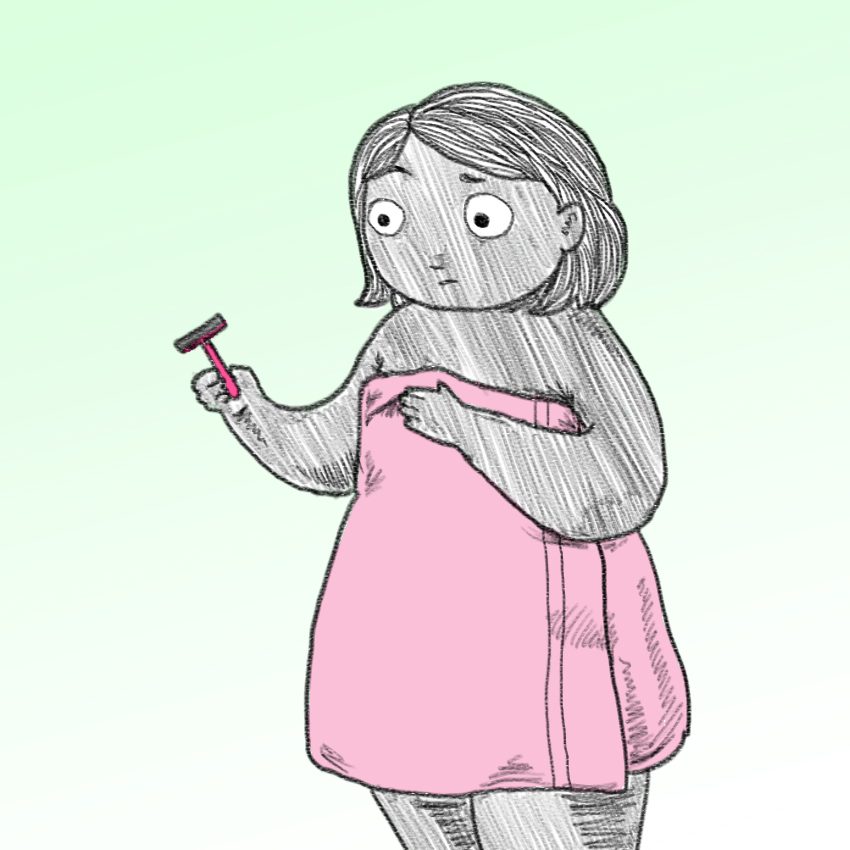
Many people believe that if you shave your hair, it will grow back thicker afterwards. This is a myth!
When hair grows in naturally, it’s shaped like an arrow — meaning it’s tapered at the end.
When you shave, you cut the hair directly across its diameter. Thus, when it grows in, it looks thicker because it isn’t tapered anymore.
8. Pubic Hair Is Often A Different Color Than The Hair On Our Heads

If you’ve ever heard the phrase “does the carpet match the drapes?” you might be wondering if your pubic hair should perfectly match the shade of hair on your head.
The truth? Your pubic hair probably won’t be the exact color of the hair on your head.
Dr. Wendy Askew told Women’s Health that it’s usually a lot closer to the color of your eyebrows!
9. Your Pubic Hair Can Thin Or Bald With Age
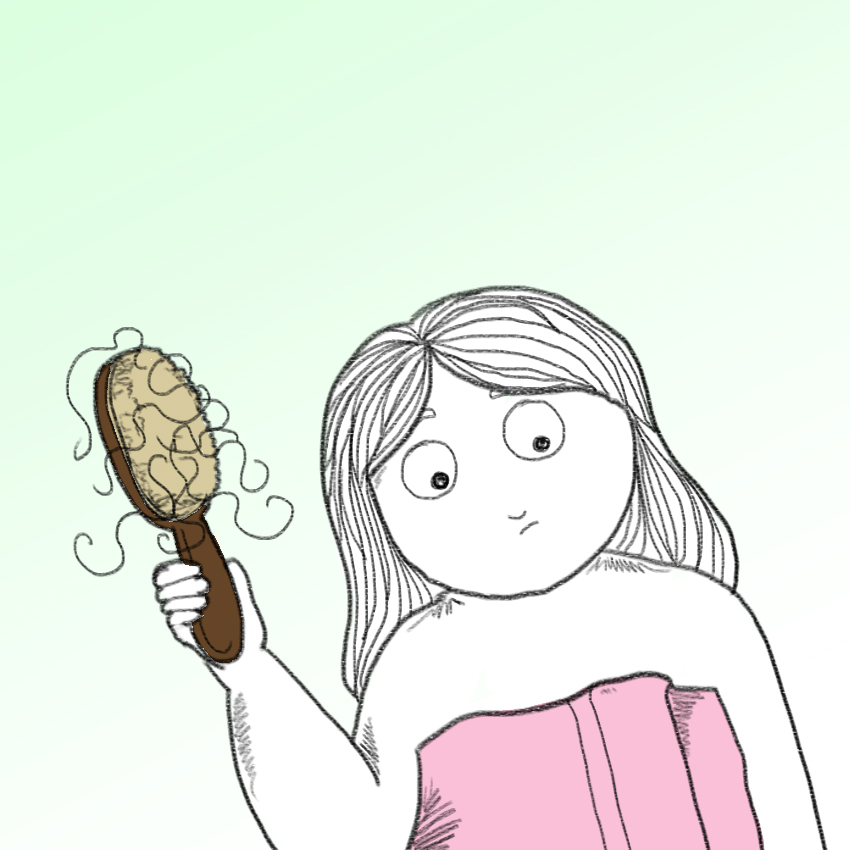
Like the hair on the rest of your body, your pubic hair can thin or bald as you get older.
According to the Mayo Clinic, some women will experience more severe thinning or balding because of menopause.
If you’re young and notice your pubic hair is thinning or balding, it might be because of a medication you’re on or a medical condition you have — this is something you should bring up with your doctor.
10. Having Pubic Is More Hygienic Than Going Bare
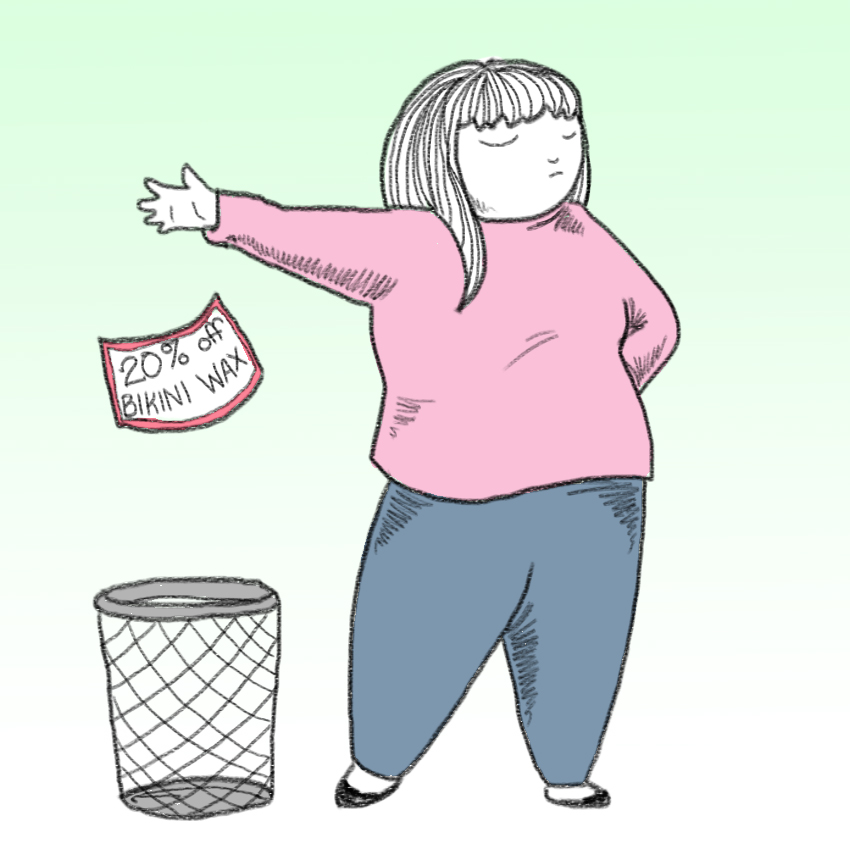
Many women think that it’s more hygienic to groom down there, but it’s actually the opposite — having pubes is more hygienic than not having them.
If you’re concerned about the hair holding onto odors or bacteria, just make sure to practice good hygiene.
The hair is an easy part to clean; it’s the labia and folds of skin that are more likely to hold onto odors and bacteria.
Just practice good hygiene habits and your pubic hair will stay pretty clean!
11. People With Thick, Curly Hair Are More Prone To Ingrown Hairs

The Mayo Clinic describes ingrown hairs as the result of tweezed, shaved, or waxed hair growing back but into the skin. They are uncomfortable, and they happen to all of us.
Unfortunately, people with curly, thick hair are more likely to get ingrown hairs because the hair has a harder time poking back through the skin.
“Because curly hair is dense, there are more ingrown follicles,” explains Dr. Singh.
Many people have thicker, curlier hair in their pubic area than they do on their heads, which makes us more prone to ingrown hairs in that region.
12. Plucking Can Be Worse Than Shaving Or Waxing

According to the Daily Mail, you might think that plucking is gentler than waxing or shaving, but plucking thick hairs can actually cause more harm to the skin.
Plucking your pubic hairs can also lead to more irritation and ingrown hairs, as well as increase your chance of infection.
13. Pubic Hair "Splinters" Are A Real Thing
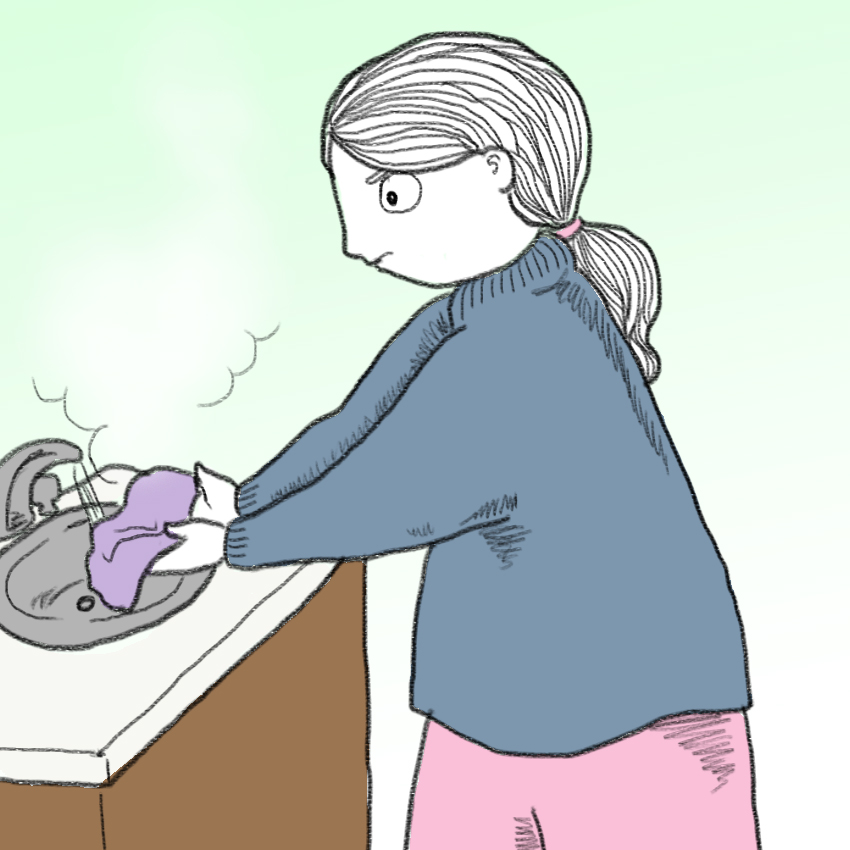
It’s a little scary, but it is possible to get splinter-like ingrown hairs in your pubic region.
Basically, hair splinters occur when the hair grows out of the skin, curls back downward, and goes back into the skin, continuing to grow under the surface.
If it sounds horrible, don’t worry — it’s easy to deal with.
LiveStrong recommends that you just clean the area and use a hot wash cloth as a warm compress on the area, then pull the hair out of where it’s grown back in.
14. Your Pube Habits Are Totally Up To You!
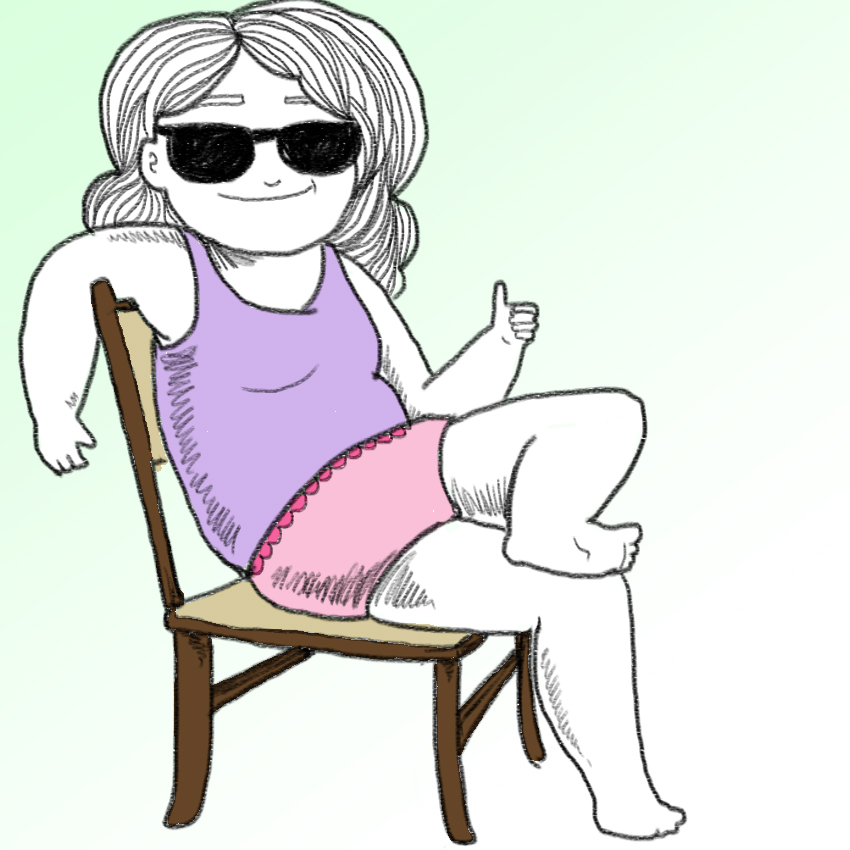
No matter what you read about pubic hair styles, what men want, or what’s popular, your pubic hair habits are entirely your choice!
Whether you want to remove everything or go full-bush, it’s totally up to you.
If you think more people should know about pubic hair, please SHARE this article!

